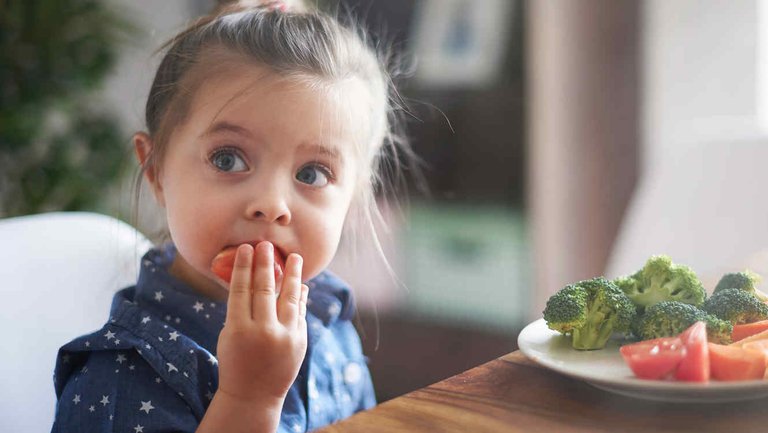
Communication and family interaction form bonds that can hardly be broken. From there we have to learn to be kind, social, caring, among many other important aspects that include the family group.
What you learn at home, you put it into practice in any social environment. This helps you to have a better socialization and education with others.
Mealtime is a very intimate and respectful moment, in which we can include talks that favor ties and allow learning in rules, moments, meetings. Basically mealtime is the most enjoyable time to nurture and harmonize with the whole family.
Learning exercise to work on the new flavors

It consists of making a food menu, but as we well know we are at lunchtime, children should focus on eating and not be distracted so that they do not lose their appetite.
One way to make the activity take place while eating is as follows:
The adult previously with the food served must bring a letter that shows each food on the plate, they are old flavors and new flavors. As they taste, the children cross out and place a happy face if they like it and a sad one if, on the contrary, it does not taste good.

Children learn to differentiate and have put with their parents or representatives the foods they like the most, the ones they like the least and the ones they don't like at all.
Why can't children be forced to eat everything on the plate?

Reps generally serve the amount of food the child is believed to eat, but we are not really children and their stomach is smaller than that of an adult. Therefore, it is necessary to evaluate the amounts of food that children learn to eat if necessary, so as not to overwhelm them.
Parents must learn about tolerance and assertiveness. They should learn when the children are already satisfied with the food and should not continue eating.
When they are forced to continue eating, they are being confused. They are very small and do not fully learn to differentiate then, the state of being full or half empty.
To confuse satiety with a state of hunger is to create a conflict between what should and what should not.
Allow making food decisions

To make parent-child relationships and communication more enjoyable, it should be allowed, to the extent possible, that the child choose the amounts he wants to eat, as long as they are in the amount established as normal.
This applies to children who are old enough to serve their food. This implies a learning of responsibility, it is more than evident that they are deciding the supervised amount of food, so they must learn to take responsibility and eat everything they have served. This learning is applied to many activities.